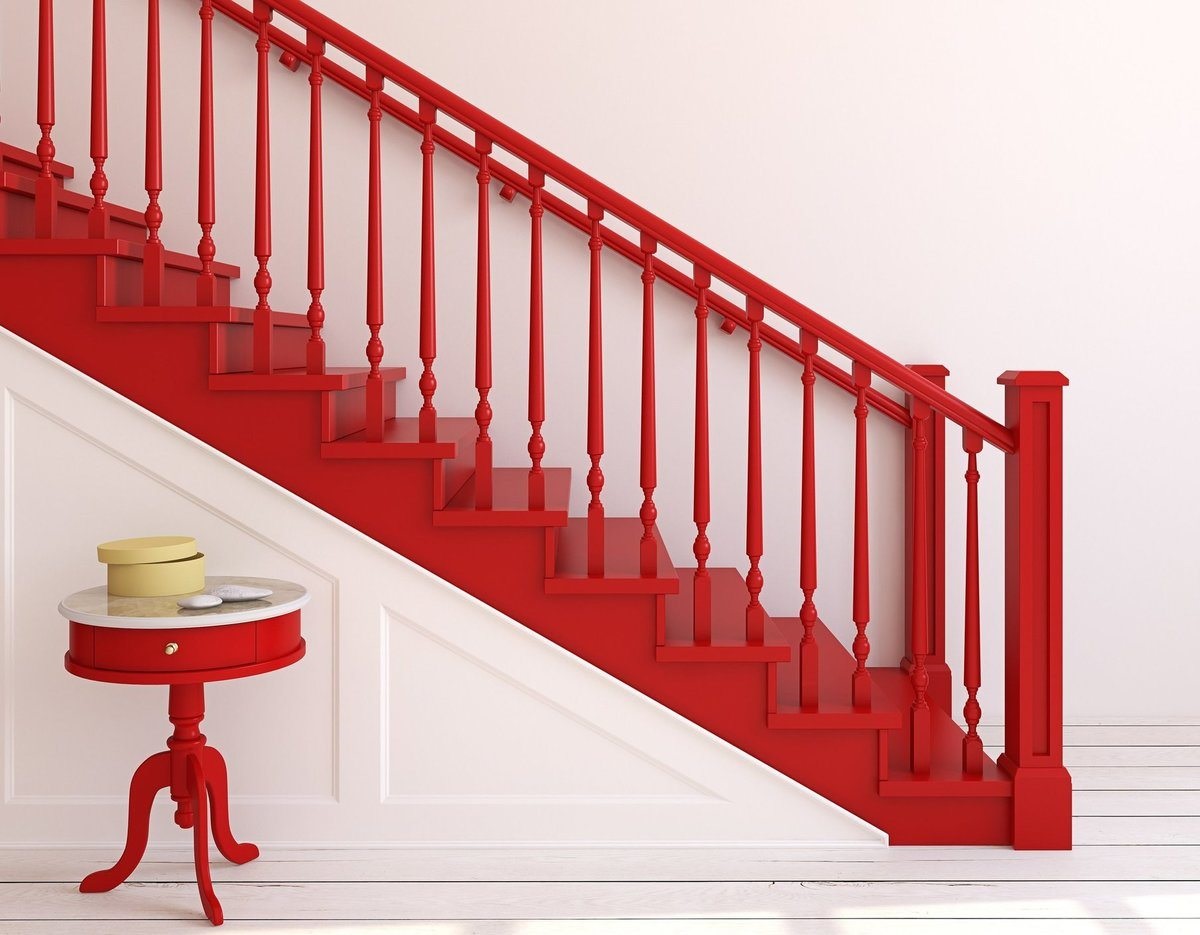

Articles
What Is The Best Color To Paint Stairs
Modified: January 19, 2024
Discover the perfect color to paint your stairs with our informative articles. Enhance the look of your home and create a stylish focal point.
(Many of the links in this article redirect to a specific reviewed product. Your purchase of these products through affiliate links helps to generate commission for Storables.com, at no extra cost. Learn more)
Introduction
When it comes to home design and decor, the staircase is often an overlooked space. However, it is an essential element that plays a key role in the overall aesthetic of your home. Choosing the right color to paint your stairs can transform them from a functional element to a stunning focal point.
The color you choose for your stairs can set the tone for your entire home. Whether you prefer a timeless and classic look or a bold and vibrant statement, there are various factors to consider when deciding on the best color for your stairs.
In this article, we will delve into the considerations you should keep in mind when choosing a paint color for your stairs. We will explore options ranging from neutral colors to bold and vibrant hues, gradient and ombre effects, and even delve into the discussion of dark and light-colored stairs. We will also discuss popular color combinations that can make your stairs truly stand out.
By the end of this article, you’ll have a better understanding of how to choose the best color for your stairs, enabling you to create a visually stunning and cohesive look in your home.
Key Takeaways:
- Transform your staircase into a stunning focal point by choosing the right paint color. Consider factors like home design, lighting, and personal preference to create a cohesive and visually appealing look.
- From timeless neutrals to bold gradients, explore a wide range of color options to make your stairs stand out. Whether it’s vibrant hues or artistic effects, infuse your staircase with personality and style.
Read more: What Type Of Paint For Stairs
Factors to Consider when Choosing Stair Paint Color
Choosing the right paint color for your stairs involves considering several factors. Here are some key points to keep in mind:
- Overall Home Design: Take into account the existing color scheme and design aesthetic of your home. The stair color should complement the overall theme and style.
- Lighting: Consider the amount of natural light that illuminates your staircase. Darker colors may make a dimly lit staircase appear even darker, while lighter colors can enhance the brightness.
- Traffic and Wear: Staircases experience heavy foot traffic, especially in busy households. Opt for paint colors that are durable and can withstand wear and tear. Consider using a high-quality paint with a satin or semi-gloss finish for easy maintenance and cleaning.
- Safety: Safety should always be a priority, especially when it comes to stairs. If you have young children or elderly family members, you may want to choose a color that provides good visibility of each step.
- Aesthetics and Personal Preference: Ultimately, the color you choose should align with your personal taste and style. Consider the mood and ambiance you want to create in your staircase area.
By taking these factors into consideration, you can make an informed decision about the best color to paint your stairs. Next, let’s explore some popular color options that can transform your staircase into a work of art.
Neutral Colors for Stairs
Neutral colors are timeless and versatile choices for stair paint. They provide a classic and elegant look that can seamlessly blend with any home decor style. Here are some popular neutral colors to consider:
- White: White stairs create a clean and fresh aesthetic. They can make a small space appear larger and provide a sense of openness. However, keep in mind that white stairs may require more frequent cleaning and maintenance to keep them looking pristine.
- Beige: Beige is a warm and inviting neutral color that adds a touch of sophistication to your staircase. It complements various design styles and is less prone to showing dirt and scuff marks compared to white.
- Gray: Gray stairs offer a modern and contemporary look. They can range from light gray to charcoal, allowing you to choose a shade that suits your preferences. Gray is also less susceptible to visible wear and tear, making it an excellent choice for high-traffic staircases.
- Taupe: Taupe is a versatile neutral color that falls between gray and beige. It offers a warm and earthy tone that can enhance the cozy atmosphere of your home. Taupe stairs add depth and subtle elegance to your staircase.
- Greige: Greige, a blend of gray and beige, combines the best of both worlds. It creates a balance between cool and warm tones, making it a popular choice for stair paint. Greige stairs provide a neutral backdrop that can complement a wide range of color palettes.
Neutral-colored stairs provide a clean and sophisticated look while allowing you to experiment with other elements of decor. They serve as a perfect canvas for adding pops of color through the use of accessories like rugs, wallpapers, or artwork on the staircase walls.
Next, let’s explore bold and vibrant colors that can make a striking statement on your stairs.
Bold and Vibrant Colors for Stairs
If you’re seeking to make a bold statement with your staircase, using vibrant and eye-catching colors can be the perfect choice. Here are some exciting options to consider:
- Red: Red stairs can create a bold and dramatic look. They add energy and vibrancy to your space, making a strong visual impact. Red stairs work exceptionally well in contemporary or eclectic-style homes.
- Blue: Blue stairs evoke a sense of calm and tranquility. From deep navy to vibrant turquoise, blue hues can add a touch of elegance and serenity to your staircase. They work especially well in coastal or nautical-themed interiors.
- Green: Green stairs bring a fresh and natural element to your home. From subtle mint greens to lush emerald shades, green adds a soothing and rejuvenating vibe. It is an excellent choice for those who want to bring the outdoors in.
- Yellow: Yellow stairs exude warmth and positivity. This vibrant color can instantly brighten up your staircase and create a cheerful and welcoming ambiance. Yellow stairs work well in homes with a retro or eclectic style.
- Purple: Purple stairs add a sense of luxury and creativity to your space. From deep eggplant shades to softer lavender tones, purple stairs can create a striking focal point in your home. They suit well in homes with an artistic or bohemian flair.
When using bold colors for your stairs, it’s essential to ensure that they complement the rest of your home’s color palette. Consider using these vibrant colors as accent shades that tie in with other elements of your interior design.
Utilizing bold and vibrant colors on your stairs can transform them into a unique and eye-catching feature in your home. However, if these colors are too intense for your liking, you can also explore gradient and ombre effects on your stairs, which we’ll discuss next.
Utilizing Gradient and Ombre Effects on Stairs
If you want to add a touch of artistic flair to your staircase, utilizing gradient and ombre effects can create a captivating visual impact. These effects involve blending multiple colors seamlessly, resulting in a stunning transition from one shade to another. Here’s how you can achieve these effects on your stairs:
- Gradient Effect: A gradient effect involves transitioning from one color to another in a smooth and gradual manner. You can choose two or more colors that complement each other and apply them to each step of your staircase. Start with the lightest color at the bottom and gradually deepen the shade as you move upward. This creates a visually appealing gradient effect.
- Ombre Effect: The ombre effect is similar to the gradient effect but typically involves a transition from a single color to a lighter or darker shade of that color. For example, you can start with a deep blue color at the bottom step and gradually fade it to a lighter shade of blue or even white at the top step. This creates a stunning ombre effect that adds depth and dimension to your staircase.
Both gradient and ombre effects require careful planning and execution to achieve a seamless and professional finish. Consider using the services of a professional painter or exploring DIY techniques and tutorials to achieve the desired effect.
Gradient and ombre effects are particularly effective when used on staircases with a straight or spiral design, as they highlight the unique shape and create a visual interest. If you’re looking to make a bold statement, you can experiment with vibrant colors or opt for a more subdued look using neutral shades.
Next, let’s explore the impact of dark-colored stairs and how they can add a touch of elegance to your home.
Consider using a light color for the risers to create a sense of height and a dark color for the treads to minimize the appearance of wear and tear. This contrast can also help improve visibility and safety.
Read more: What Is The Best Paint Color For Living Room
Dark Colors for Stairs
Dark-colored stairs can add a touch of sophistication and elegance to your home. These rich and deep hues create a striking contrast against lighter-colored walls and can make a bold statement. Here are some popular dark colors to consider for your staircase:
- Black: Black stairs exude a sense of luxury and modernity. They create a sleek and dramatic look that can make your staircase a standout feature in your home. Black stairs work well in contemporary or minimalist interiors.
- Navy: Navy blue stairs offer a classic and timeless appeal. This deep and sophisticated color can create a sense of depth and add a touch of elegance to your staircase. Navy stairs pair well with a variety of interior styles, from traditional to coastal.
- Charcoal: Charcoal gray stairs provide a modern and refined look. This dark, cool-toned color adds depth and creates a subtle yet impactful statement. Charcoal stairs work well in industrial or Scandinavian-inspired interiors.
- Dark Brown: Dark brown stairs can bring warmth and richness to your home. This earthy color adds a touch of natural beauty and complements a variety of design styles, from rustic to traditional.
- Deep Wine: Deep wine or burgundy stairs can create a luxurious and opulent atmosphere. This dark, red-toned color adds a sense of richness and sophistication to your staircase. Deep wine stairs work well in homes with a vintage or eclectic style.
When using dark colors for your stairs, consider the size of your staircase and the amount of natural light it receives. Dark colors can make a smaller space appear even more compact, so it’s essential to balance the darkness with lighter elements in your decor, such as wall colors or lighting fixtures.
Dark-colored stairs can add a touch of drama and elegance to your home, enhancing the overall aesthetic. However, if you prefer a brighter and more airy feel, light-colored stairs might be the ideal choice, as we’ll explore in the next section.
Light Colors for Stairs
Light-colored stairs can bring a sense of brightness and airiness to your home. These colors are especially great for smaller or darker spaces, as they can create a visual illusion of a larger and more open area. Here are some popular light colors to consider for your staircase:
- White: White stairs offer a clean, crisp, and timeless look. They create a sense of freshness and can brighten up any space. White stairs work well in various design styles, from modern to farmhouse.
- Off-White: If you want a slightly warmer and softer tone than pure white, off-white shades like ivory or cream can be great options. Off-white stairs create a cozy and inviting atmosphere and pair well with both traditional and contemporary interiors.
- Light Gray: Light gray stairs provide a modern and sophisticated look. This versatile color works well in both minimalist and industrial-style homes, creating a sleek and elegant aesthetic. Light gray stairs can also help disguise dirt and scuff marks.
- Pastels: Soft pastel colors, such as light blue, mint green, or pale pink, can add a whimsical and playful touch to your staircase. These light and refreshing shades create a cheerful and serene atmosphere, making them ideal for homes with a shabby-chic or Scandinavian style.
- Light Wood Tones: If you prefer a natural and warm look, light wood tones can be a fantastic choice for your stairs. Light oak, birch, or maple stairs add a touch of organic beauty and create a cozy ambiance. They work well in homes with a rustic or Scandinavian-inspired design.
Light-colored stairs can make a space feel more open, especially when paired with natural light and complementary wall colors. Additionally, these colors allow you to experiment with bolder and vibrant accents in your decor, such as colorful rugs, artwork, or handrails.
Now that we have explored both dark and light-colored stairs, let’s dive into some popular color combinations that can truly make your staircase stand out.
Popular Color Combinations for Stairs
Combining different colors on your stairs can create a visually striking and unique look. Here are some popular color combinations to consider when painting your staircase:
- Contrasting Colors: Using contrasting colors can create a bold and eye-catching effect. For example, pairing white stairs with dark gray or black risers can create a sleek and modern look. Contrast can also be achieved by choosing complementary colors from opposite ends of the color wheel, such as blue and orange or purple and yellow.
- Tonal Colors: Tonal color combinations involve using different shades of the same color family. For instance, combining various shades of blue, such as navy, light blue, and turquoise, can create a calming and cohesive look. Tonal combinations add depth and visual interest without being overly contrasting.
- Monochromatic Scheme: A monochromatic color scheme involves using different shades and tones of a single color. For example, using different shades of gray on your stairs can create a sophisticated and unified look. Monochromatic schemes are versatile and allow for subtle variations in color while maintaining a harmonious overall appearance.
- Neutral with Pop of Color: If you prefer a neutral base for your stairs, consider adding a pop of color on select elements. For instance, painting the handrails, balusters, or newel posts in a vibrant color can create an exciting focal point against a neutral backdrop.
- Gradient or Ombre Effect: As mentioned earlier, utilizing a gradient or ombre effect on your stairs can create a captivating and unique look. You can choose a color palette that blends seamlessly from one shade to another, creating a visually stunning transition across your staircase.
When selecting color combinations, consider the overall style and design of your home. Additionally, ensure that the colors work well with other elements in the vicinity of the stairs, such as flooring, walls, and adjacent rooms.
Experimenting with color combinations allows you to infuse personality and creativity into your staircase, making it a true reflection of your style and taste.
Now that you are familiar with popular color combinations for stairs, let’s wrap up our discussion.
Conclusion
Choosing the right paint color for your stairs is an opportunity to transform them from a simple functional element into a stunning focal point in your home. By considering factors such as overall home design, lighting, traffic, safety, and personal preference, you can make an informed decision that suits your style and needs.
Neutral colors like white, beige, gray, taupe, and greige offer timeless and versatile options that can complement any design aesthetic. These colors provide a clean and sophisticated look while allowing you to experiment with other elements of decor.
If you want to make a statement, bold and vibrant colors such as red, blue, green, yellow, and purple can add a unique and vibrant touch to your staircase. These colors bring energy and personality to your space, allowing you to express your individual style.
For those looking to add a touch of artistry, gradient and ombre effects create a captivating visual impact. These techniques involve blending multiple colors seamlessly, creating a stunning transition from one shade to another across your stairs.
Dark-colored stairs, such as black, navy, charcoal, dark brown, or deep wine, can add elegance and sophistication to your home. They create a striking contrast against lighter-colored walls and can make a bold statement in your interior design.
On the other hand, light-colored stairs like white, off-white, light gray, pastels, and light wood tones can brighten up your space and create a sense of openness. These colors are ideal for smaller or darker areas that need a touch of lightness and airiness.
Lastly, combining colors can add depth and visual interest to your staircase. Whether you choose contrasting colors, tonal combinations, a monochromatic scheme, or add a pop of color to a neutral base, each option allows you to infuse your staircase with personality and style.
By carefully considering the factors mentioned and exploring various color options, you can transform your stairs into a stunning feature that enhances the overall aesthetic of your home. So go ahead, choose a color that speaks to you and brings your vision to life.
Frequently Asked Questions about What Is The Best Color To Paint Stairs
Was this page helpful?
At Storables.com, we guarantee accurate and reliable information. Our content, validated by Expert Board Contributors, is crafted following stringent Editorial Policies. We're committed to providing you with well-researched, expert-backed insights for all your informational needs.
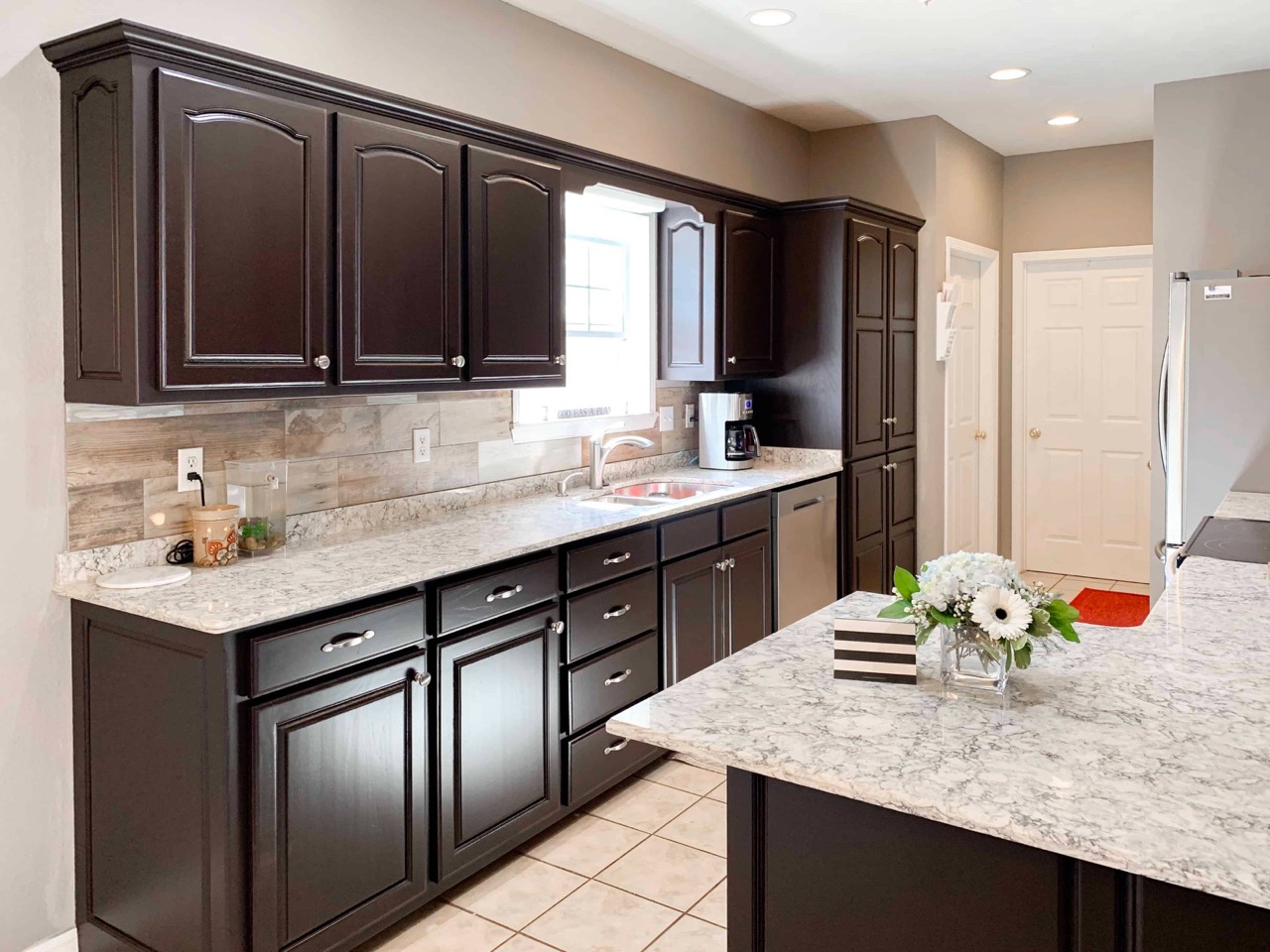
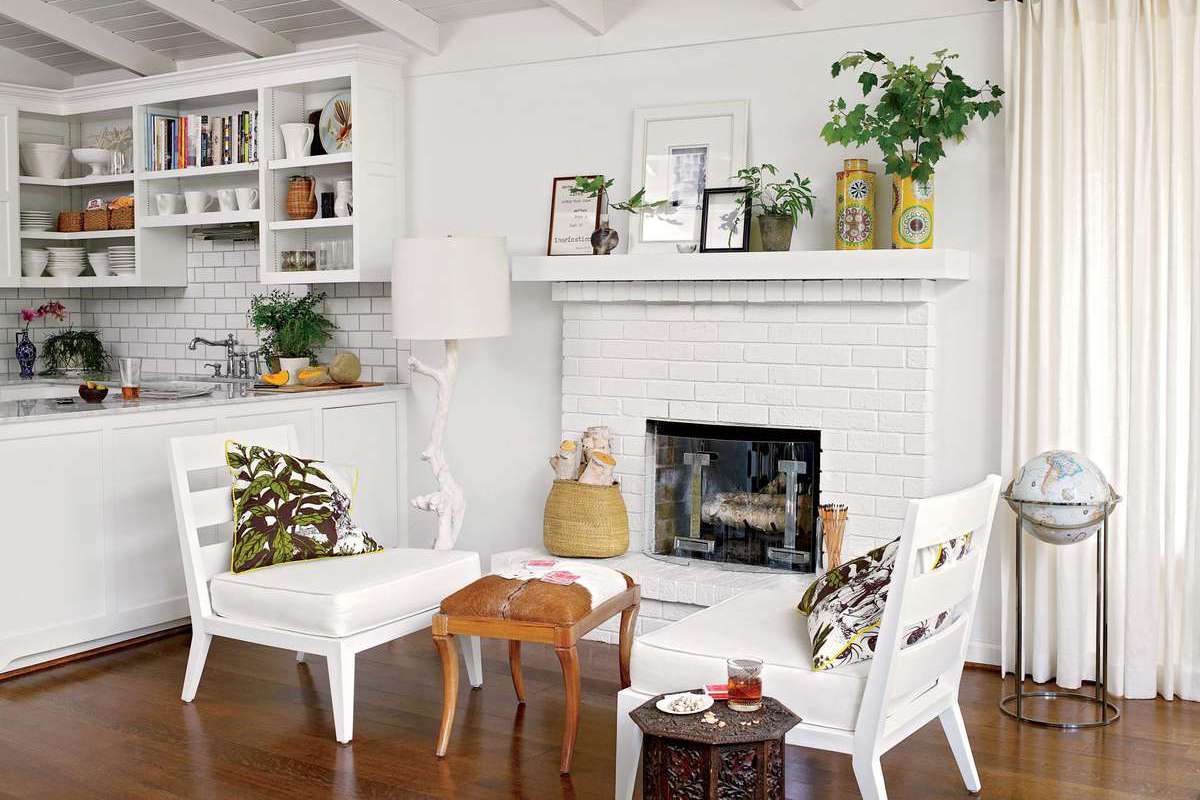
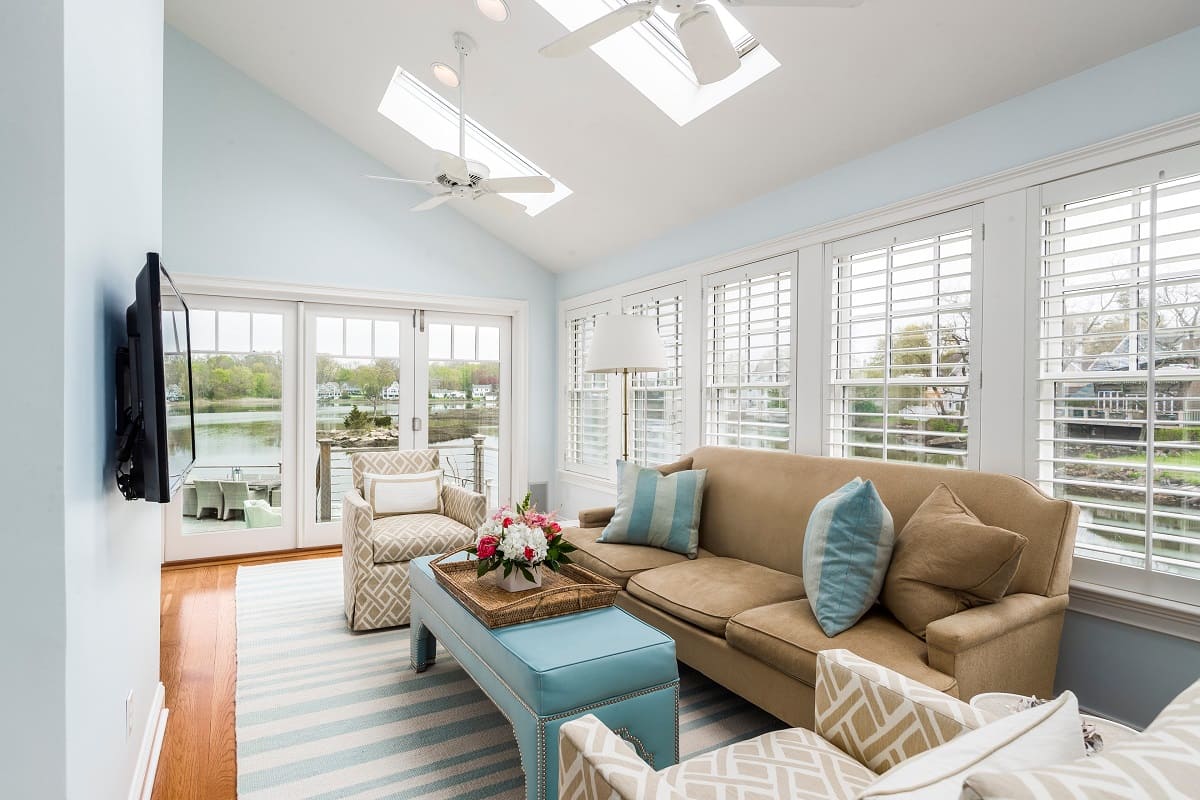
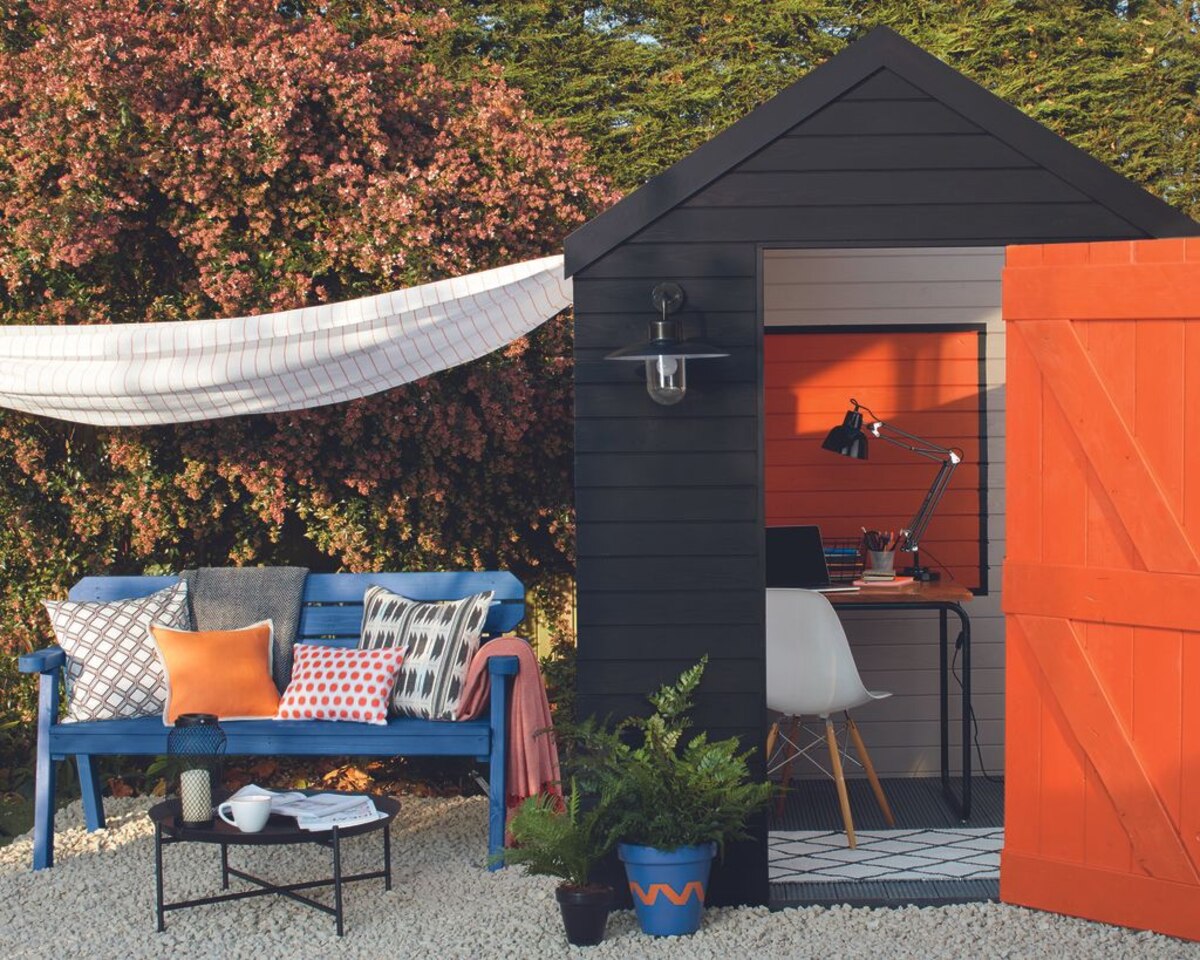
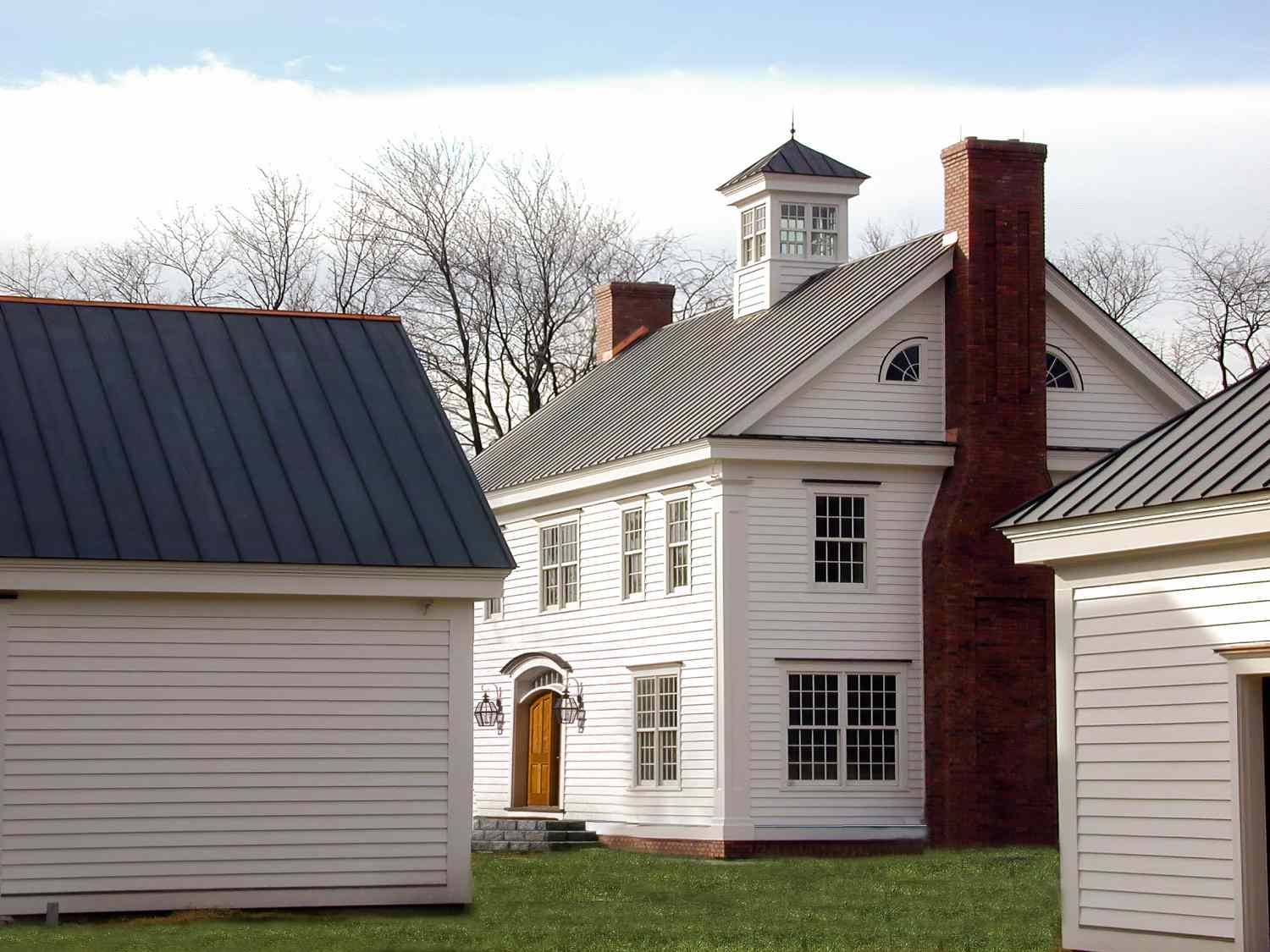
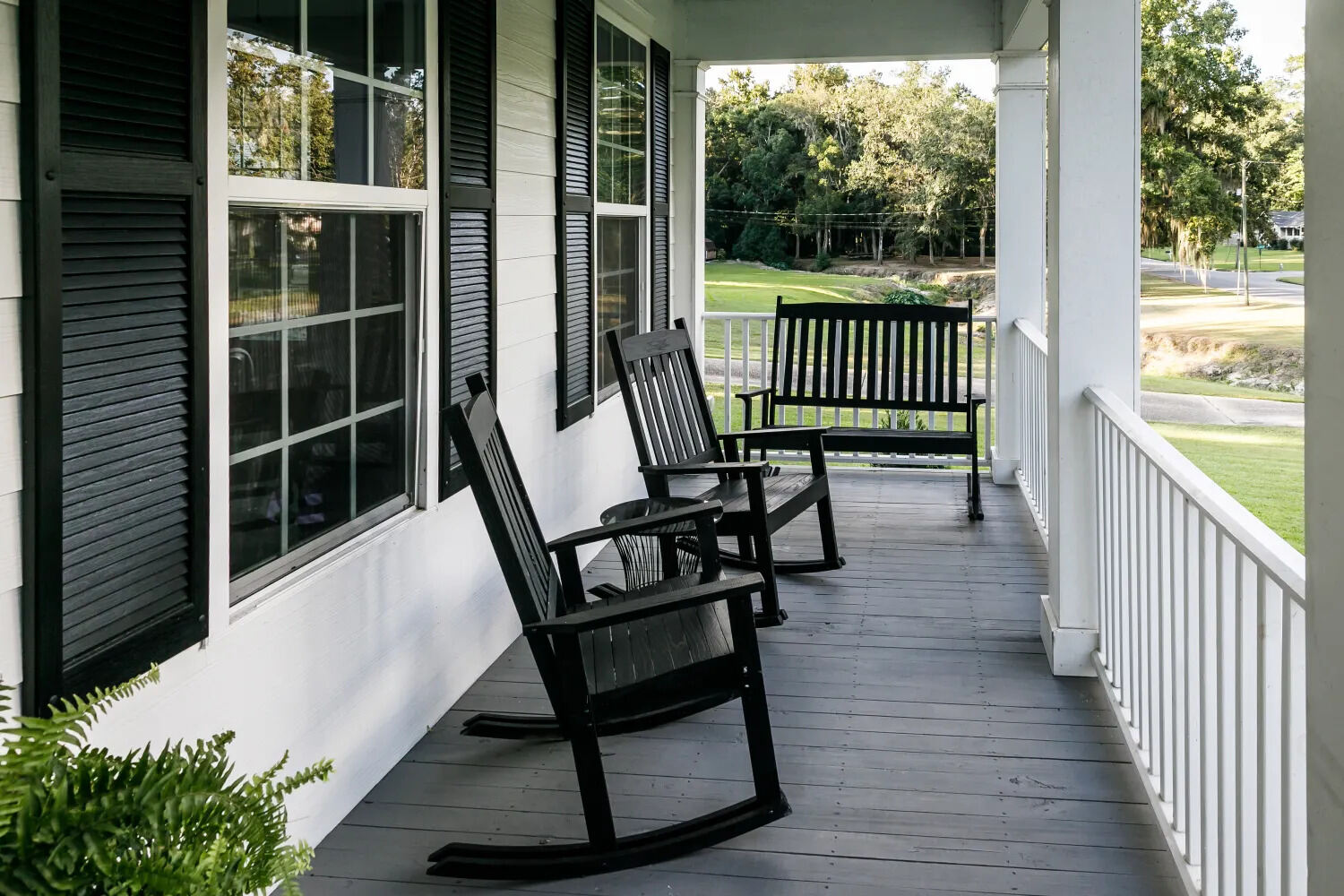
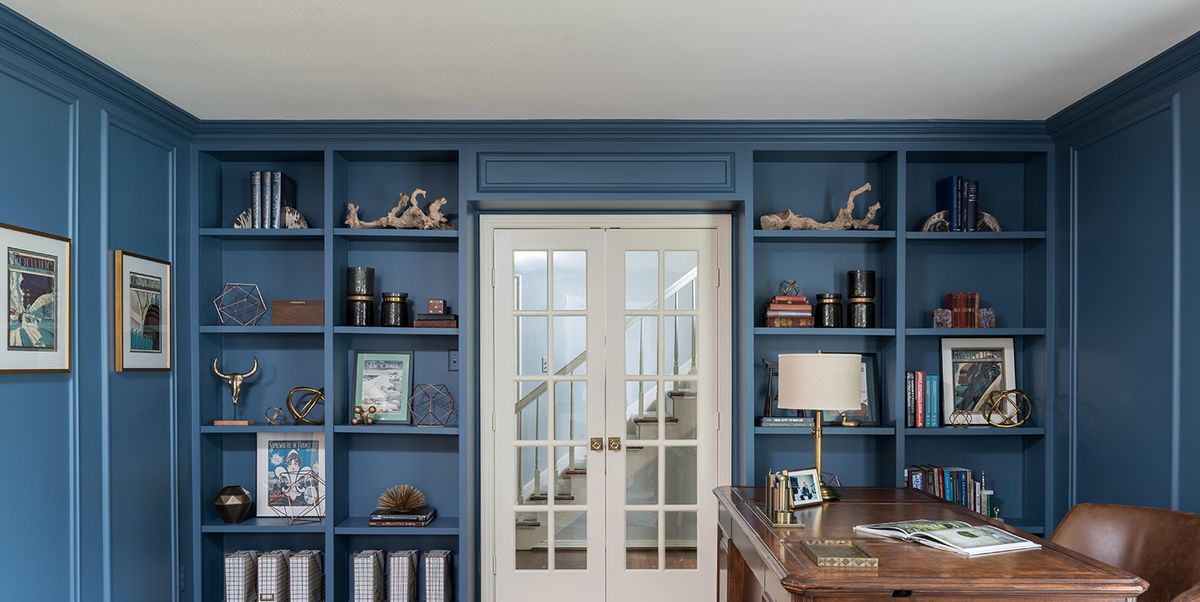
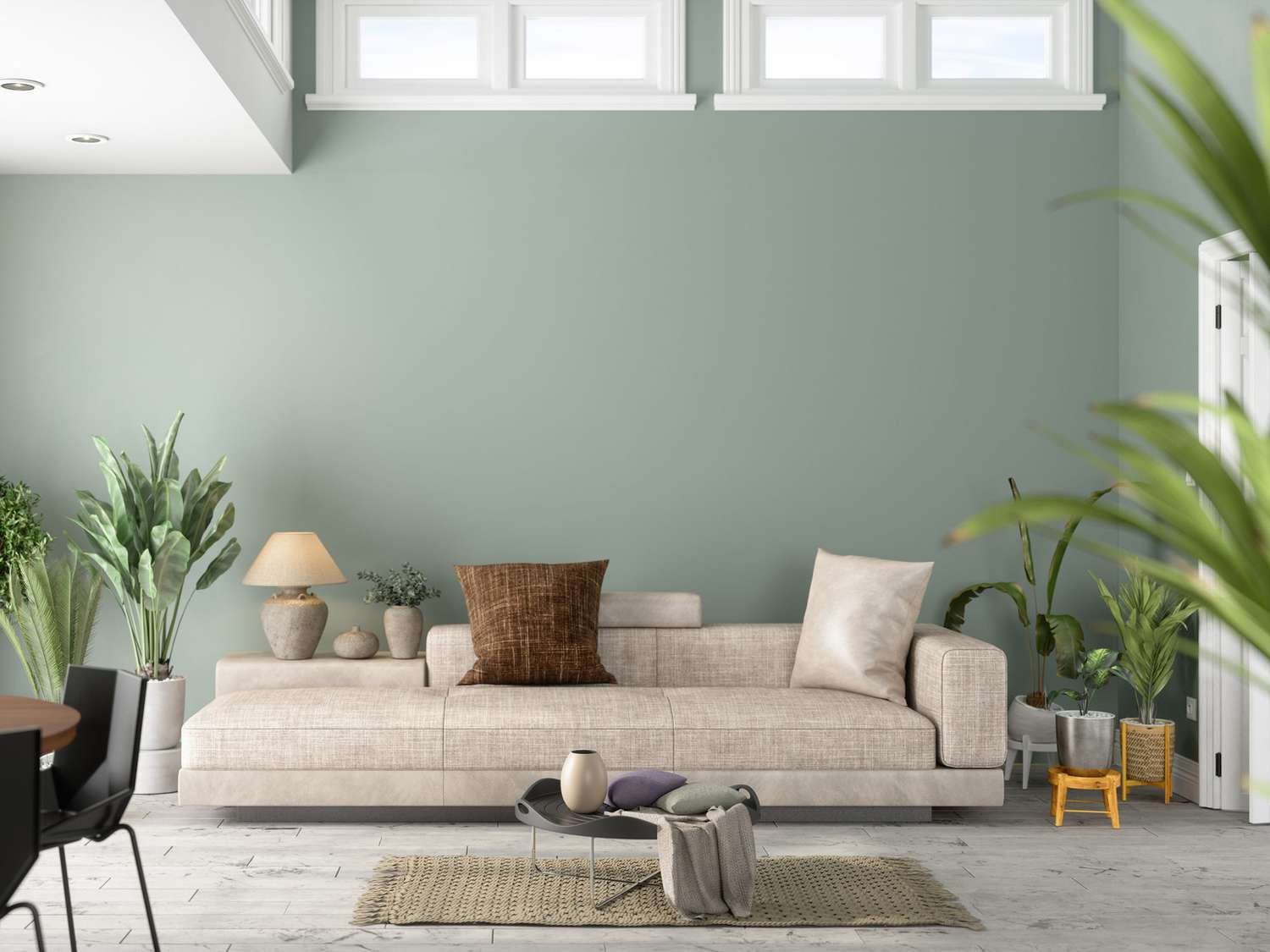
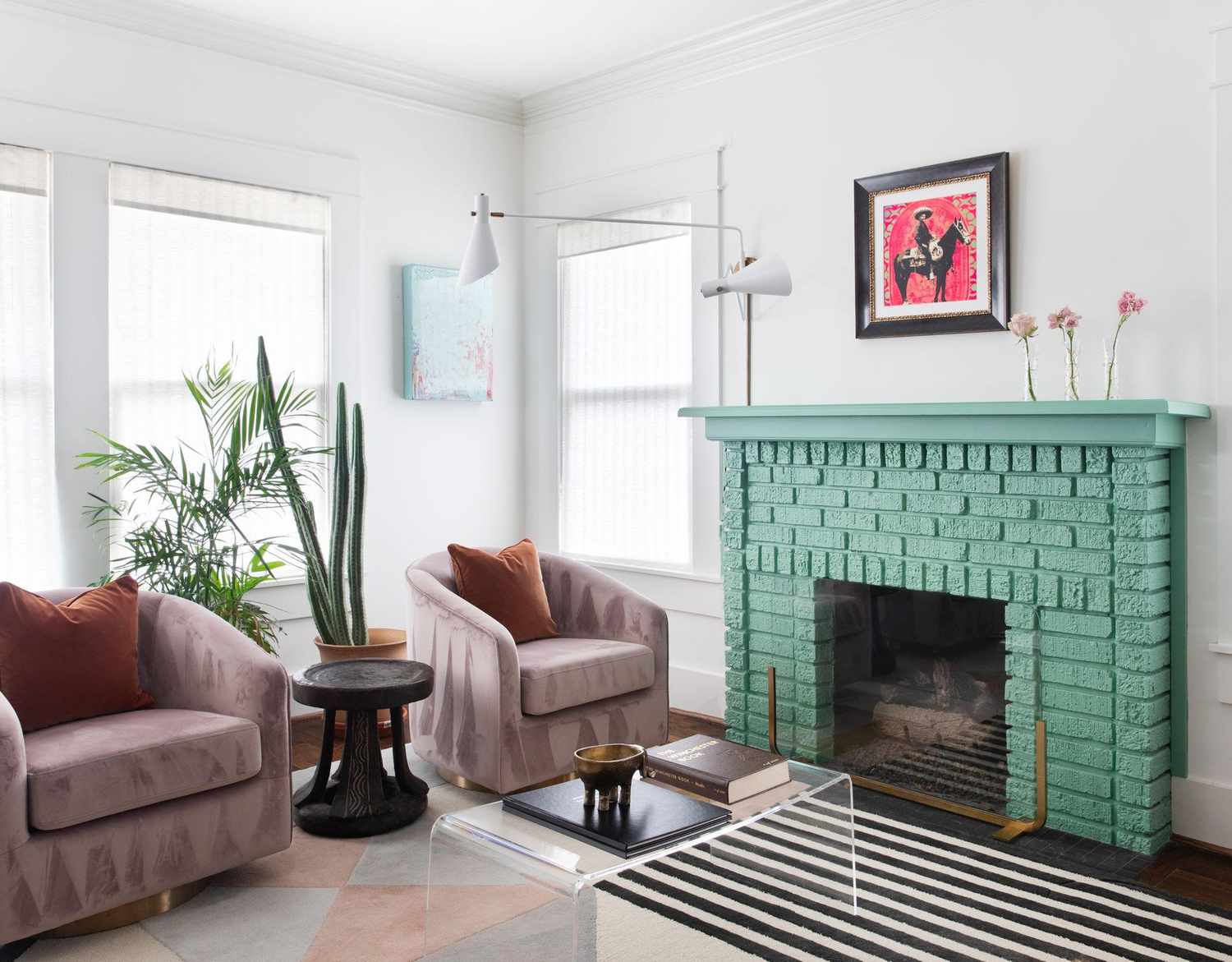
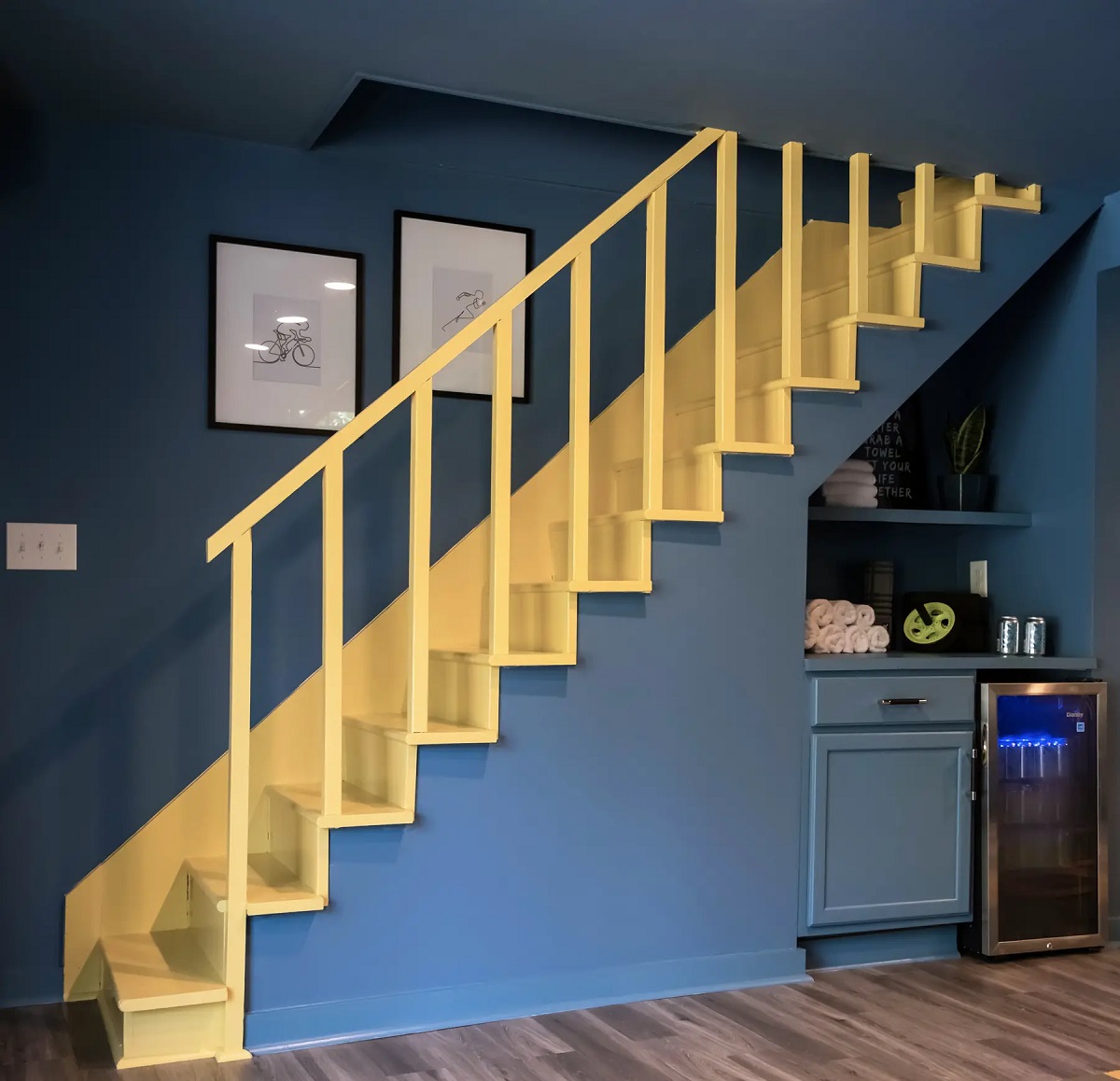
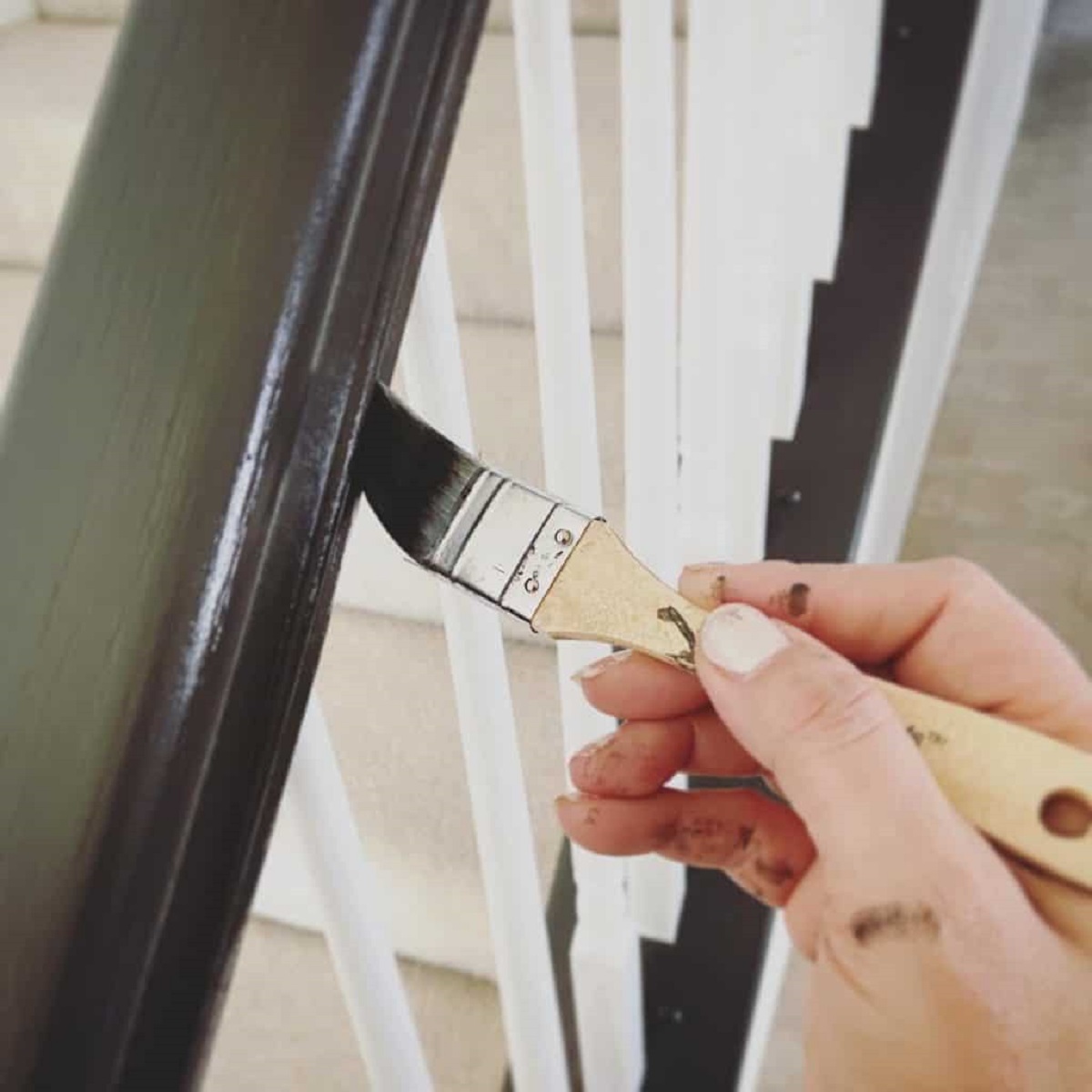
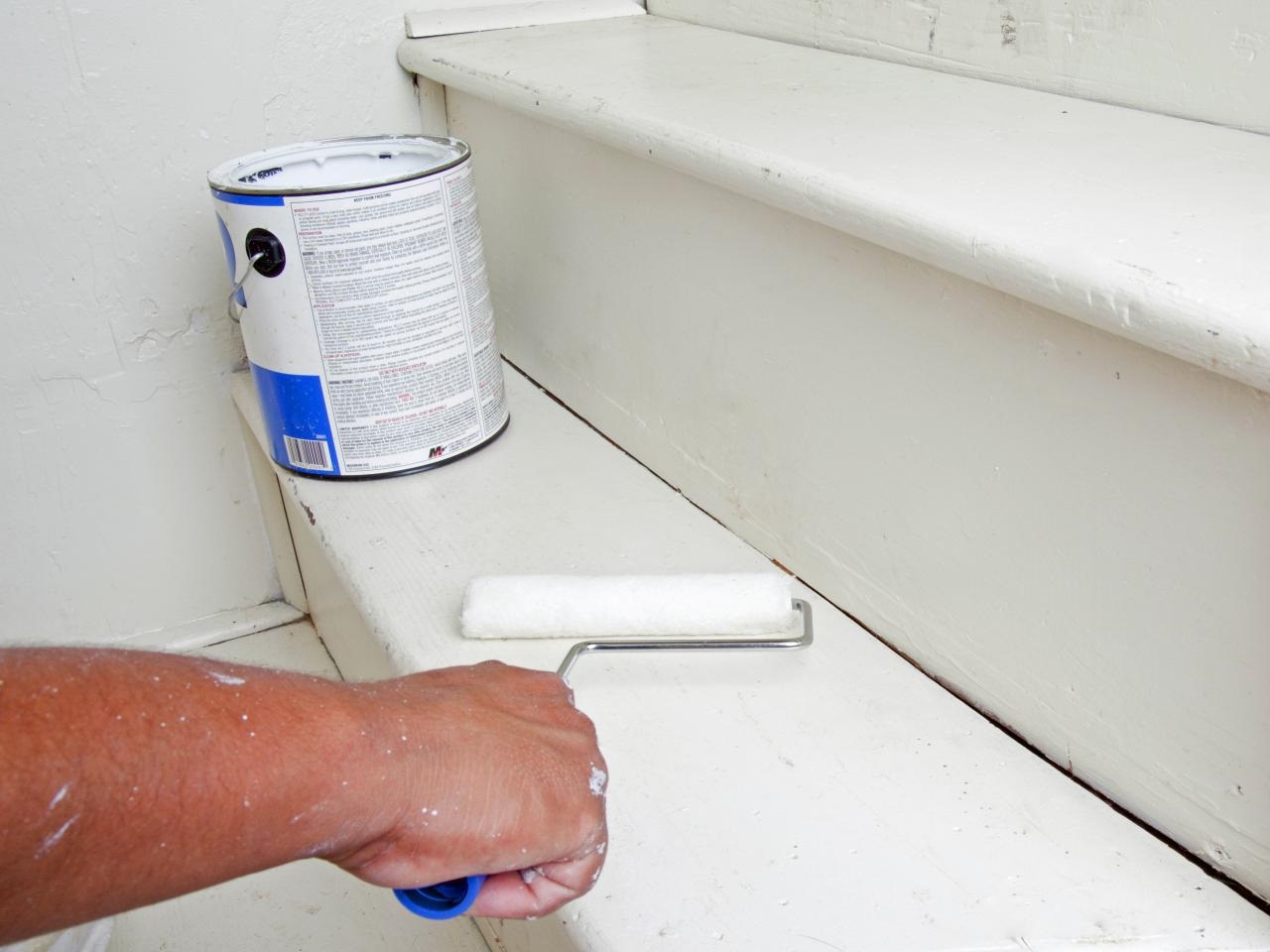
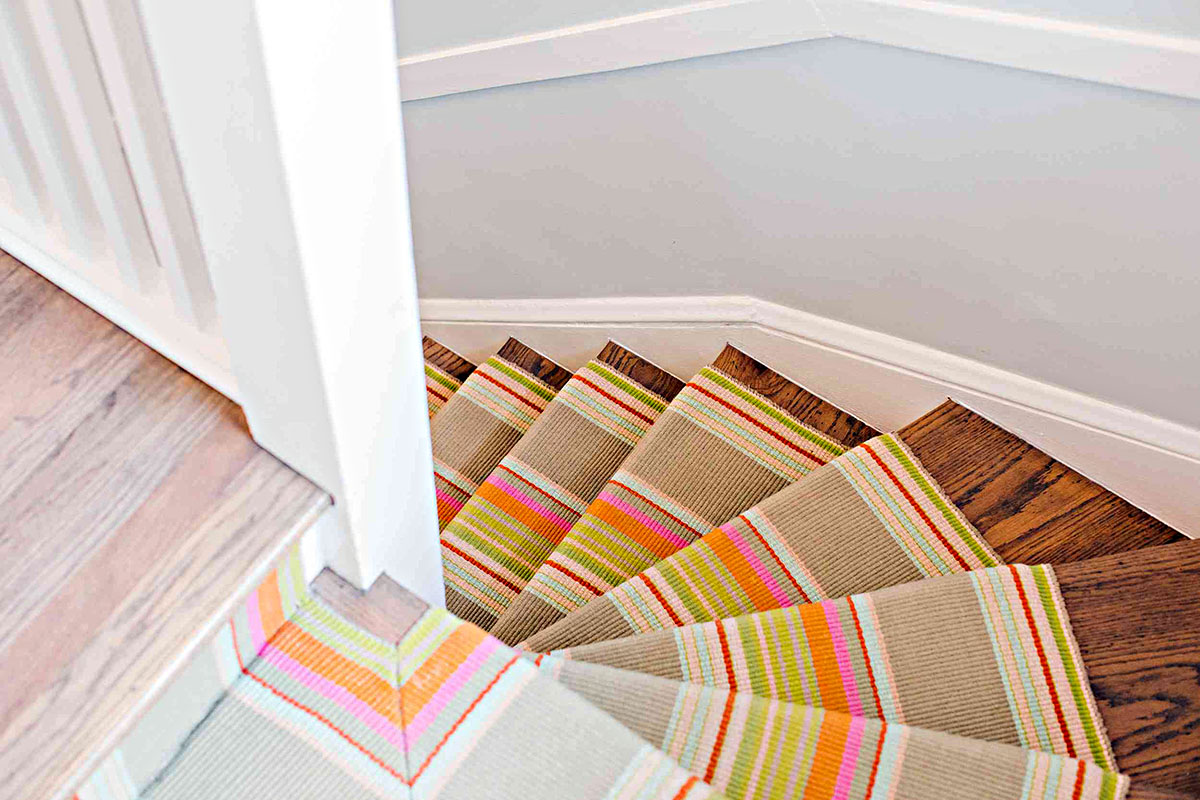
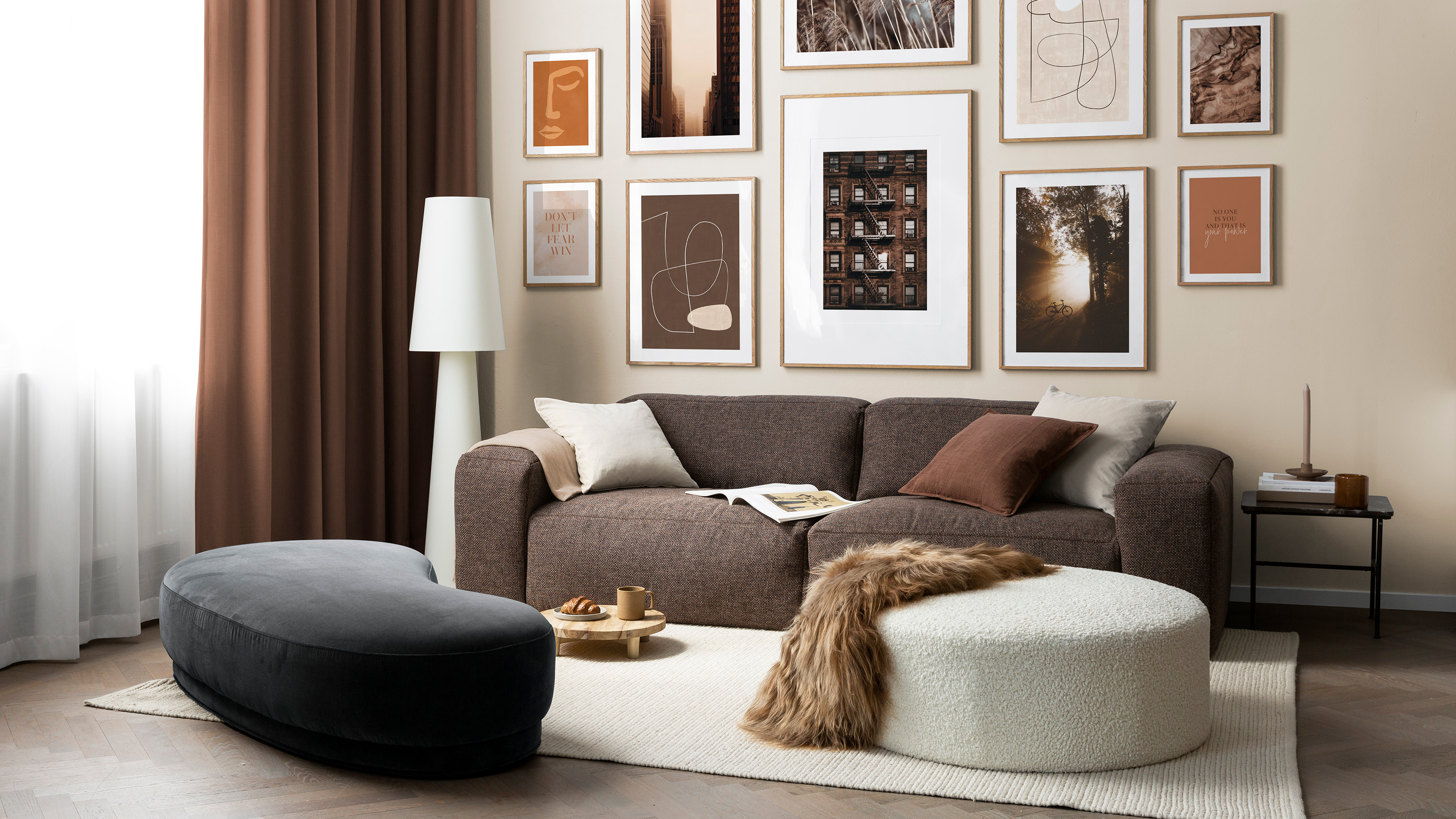

0 thoughts on “What Is The Best Color To Paint Stairs”